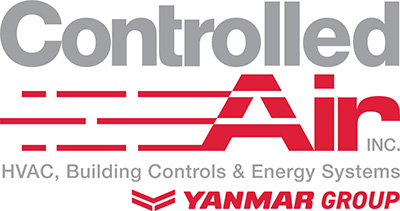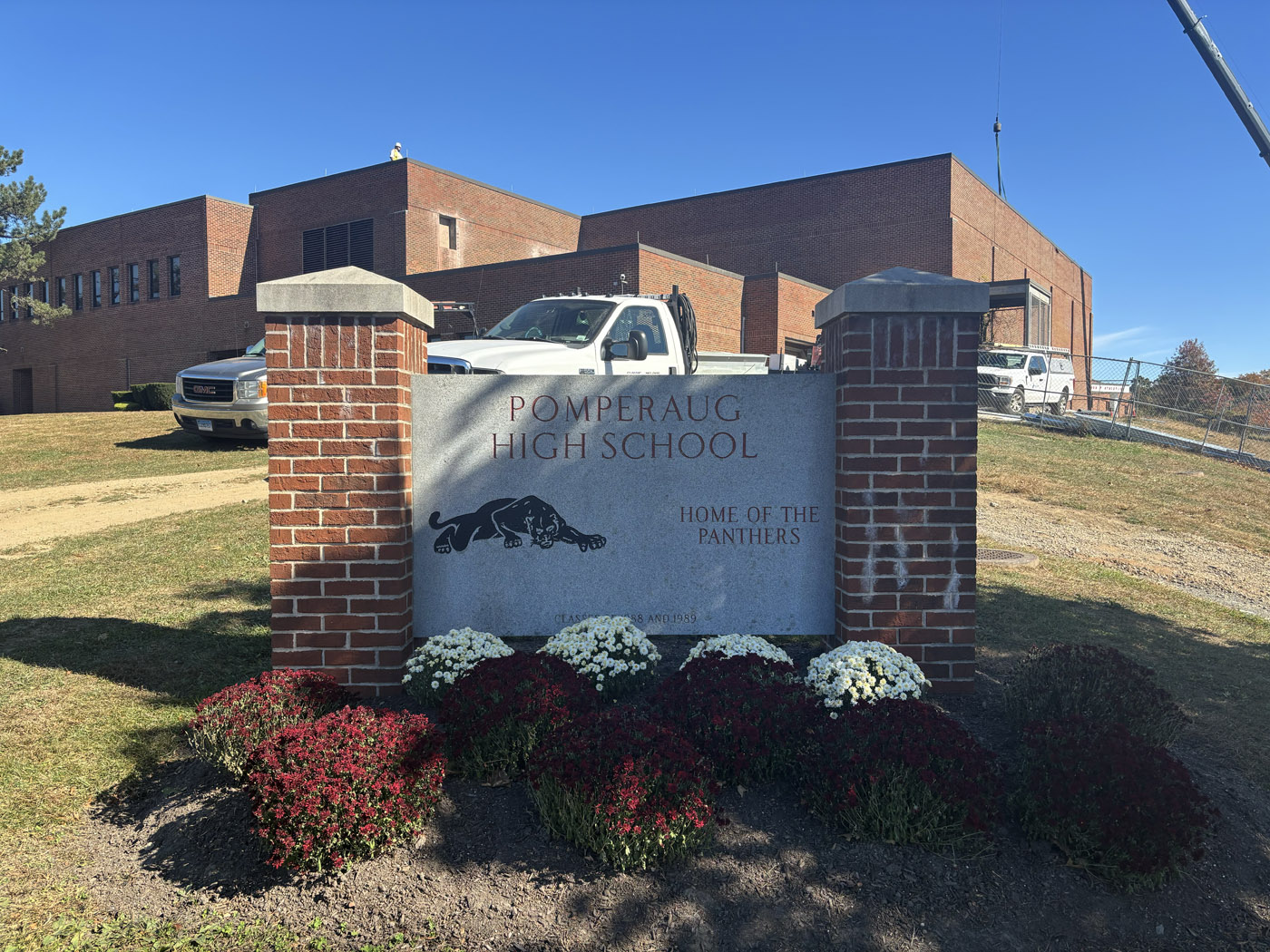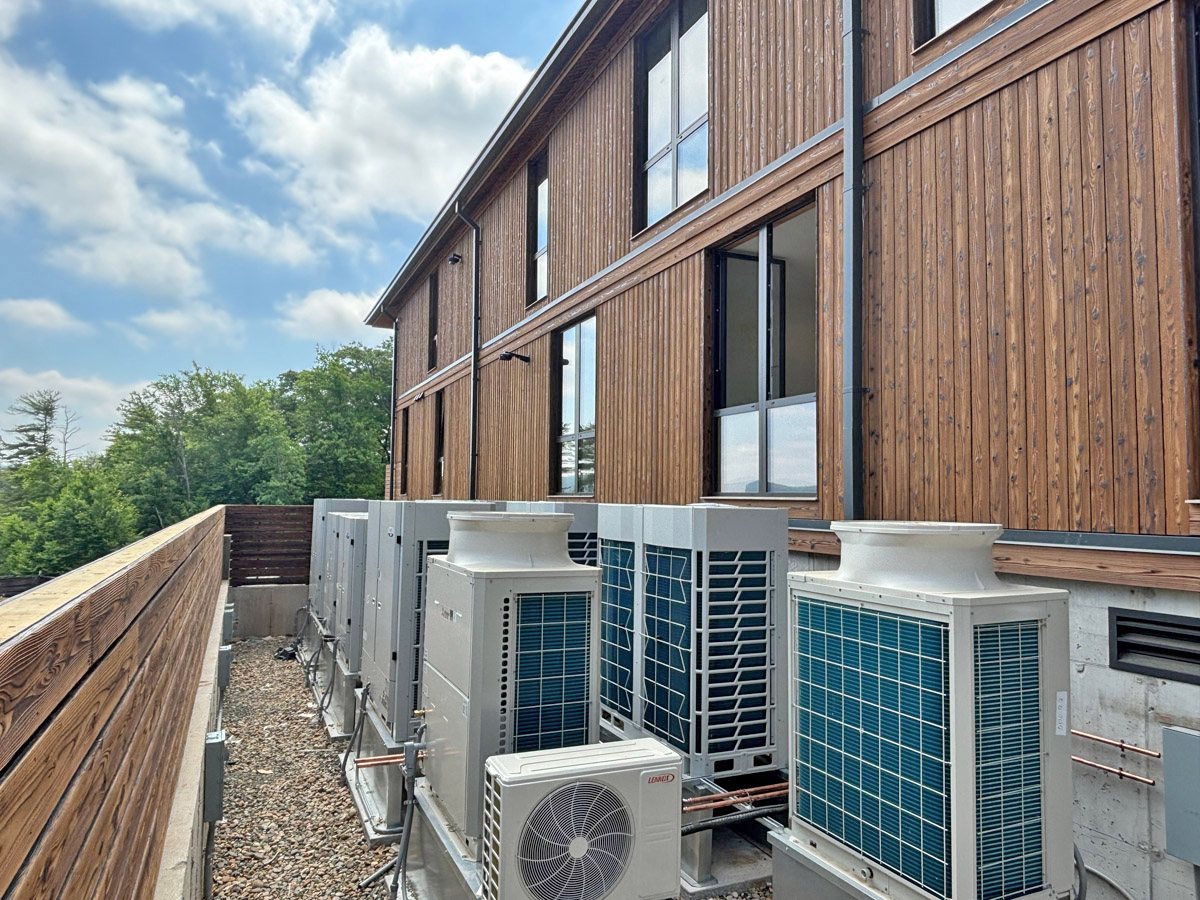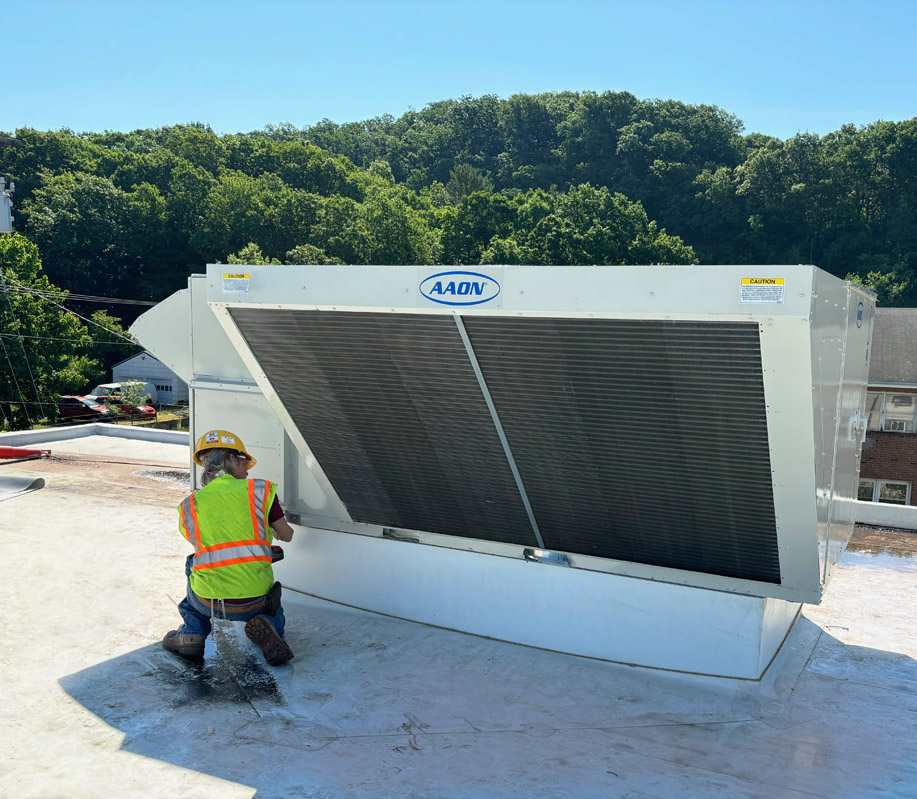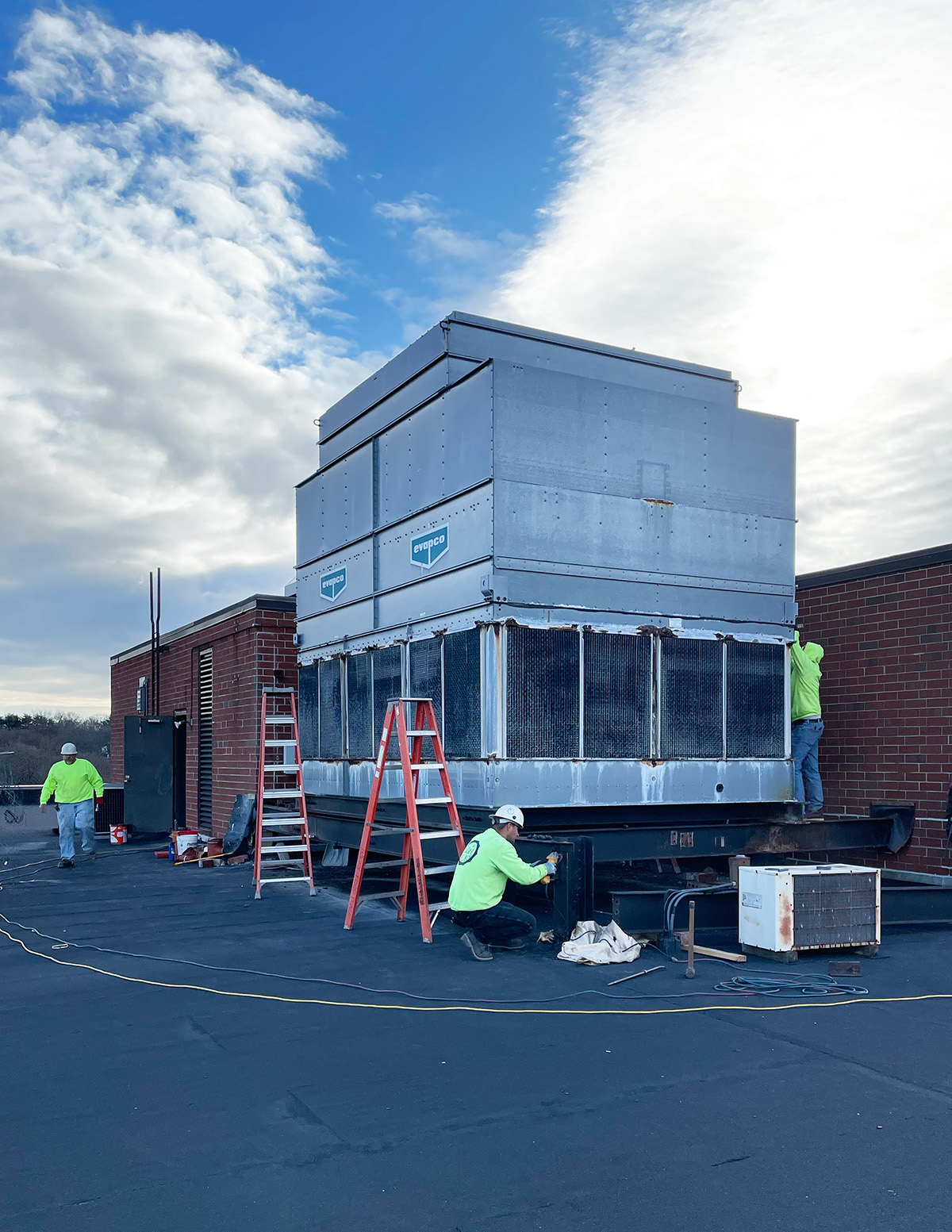Consequences of Ignoring HVAC Maintenance
It is easy to ignore RTU's when you can’t see them, especially if they aren’t making any noise, leaking or producing foul smells. But out of sight should not mean out of mind.
RTU’s need regular system maintenance to function at peak efficiency. The roof exposes your unit to extreme weather. It is colder and/or hotter up there depending on the weather. Unlike other types of heating and air conditioning systems that are either inside the building or outside on the ground, the RTU is exposed to much more extreme temperatures and more pollutants. Ambient temperatures on the roof of a building can reach 120 degrees on hot summer days. Pollutants collect on the components of the unit causing it to lose efficiency and even degrade. Excessive heat causes the unit to work harder to produce comfortable conditions in your building.
Regular system inspections prevent inconvenient system breakdowns, increase the life of your system and will reduce utility bills. HVAC systems have over 100 components and many common component issues increase energy usage. You can see more on this chart of the Building efficiency initiative that describes in detail the greatest energy impacts with the various components.
“Portland Energy Conservation Inc. found that building operation and maintenance programs specifically designed to enhance the operating efficiency of HVAC and lighting systems decreased energy bills 5 to 20 percent in commercial buildings, without significant capital investment.”
Controlled Air, Inc. offers custom service and maintenance packages. Below is a list of items typically done during a maintenance appointment.
- Changing filters to keep dirt and debris out of the ductwork and the system components
- Checking blowers for proper airflow
- Checking the electrical system, fuses, thermostats, and contactors
- Checking belts and replacing if necessary
- Cleaning dirt, soot and mold from the condenser coil, including measuring before and after temperatures to verify effectiveness
- Inspecting evaporator coils and clean as needed
- Checking refrigerant charge and fix any leaks
Checking cabinet integrity for air leaks caused by cracks, missing screws, loose latches and faulty gaskets
